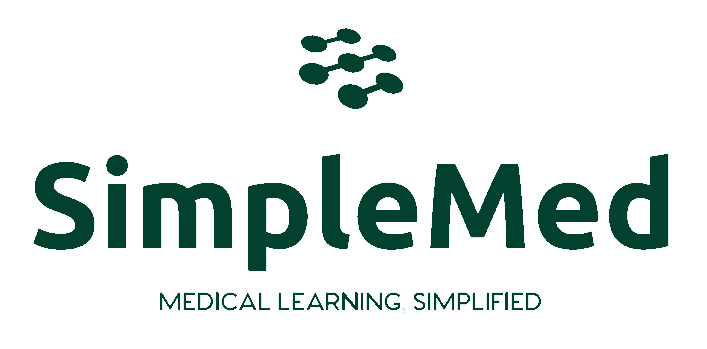Neuroanatomy and Psychiatry
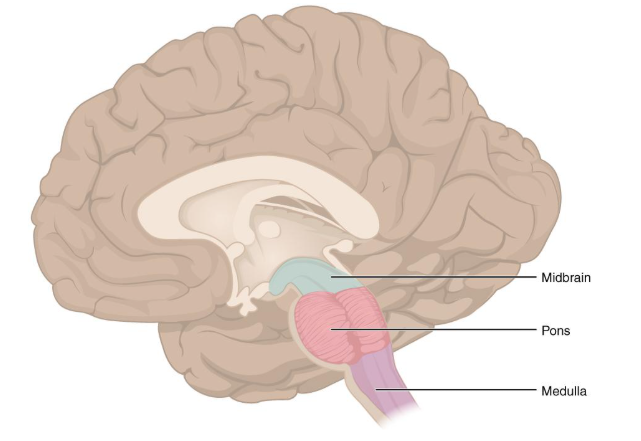
- Define CNS (brain, brainstem, cerebellum, spinal cord) and PNS (dorsal and ventral roots, peripheral nerves).
- Distinguish grey matter (cell bodies, dendrites) from white matter (axons) in both CNS and PNS.
- Understand tracts, fasciculi, funiculi, nuclei, cortex—their structure and functional relevance.
- Identify fibre types: association (within hemisphere), commissural (between hemispheres), projection (to brainstem/spinal cord).
- Describe brainstem components (midbrain, pons, medulla), and recognise gyri and sulci features.

2. Cells and Components of the Nervous System
- Understand that the CNS comprises neurones and supportive glial cells.
- Describe the roles of astrocytes, oligodendrocytes, and microglia.
- Explain the structure and function of the blood–brain barrier (BBB).
- Identify main neurotransmitter classes: amino acids, biogenic amines, and peptides.
- Recognise examples of key neurotransmitters: glutamate, GABA, dopamine, noradrenaline, serotonin, acetylcholine, substance P.
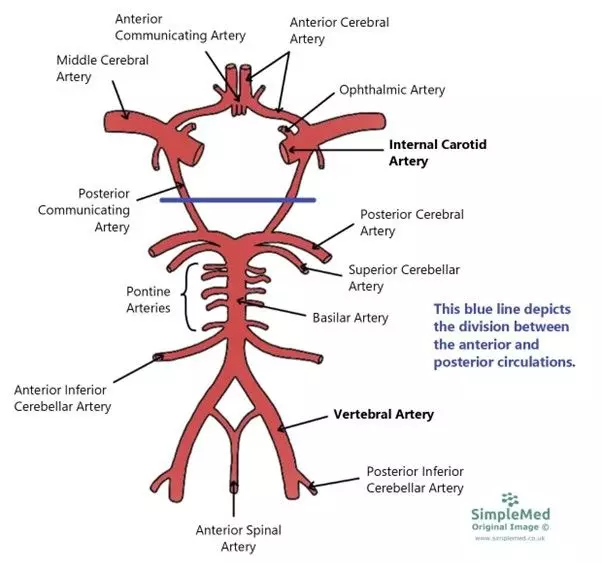
3. Arterial Supply to the Brain
- Understand how the brain is supplied with the vast supply of oxygen it requires.
- Know the anatomy of the arterial supply of the brain, including which vessels supply which areas of the brain and the basics of how a blockage in one of these arteries may manifest clinically.
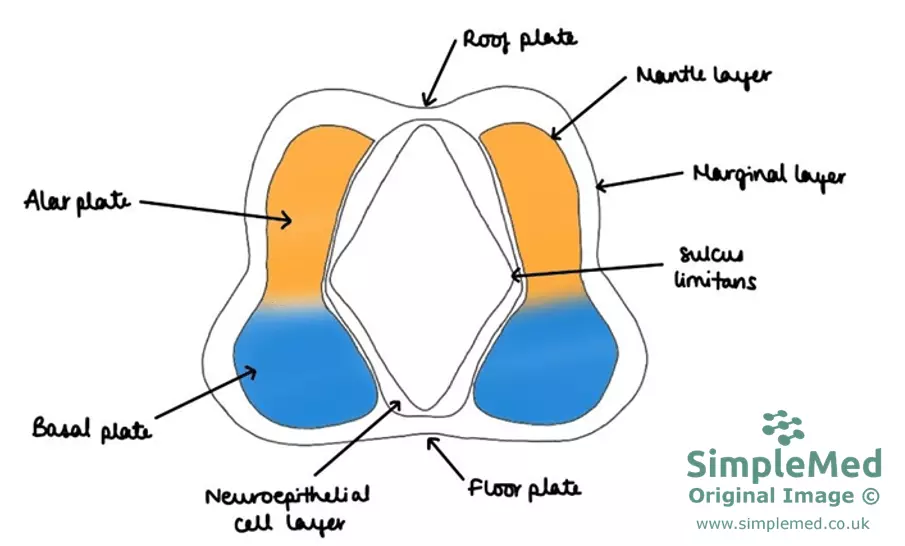
4. Development of the Nervous System
- Understand how the nervous system develops and how this links to function.
- Be aware of some conditions caused by errors in nervous system development.
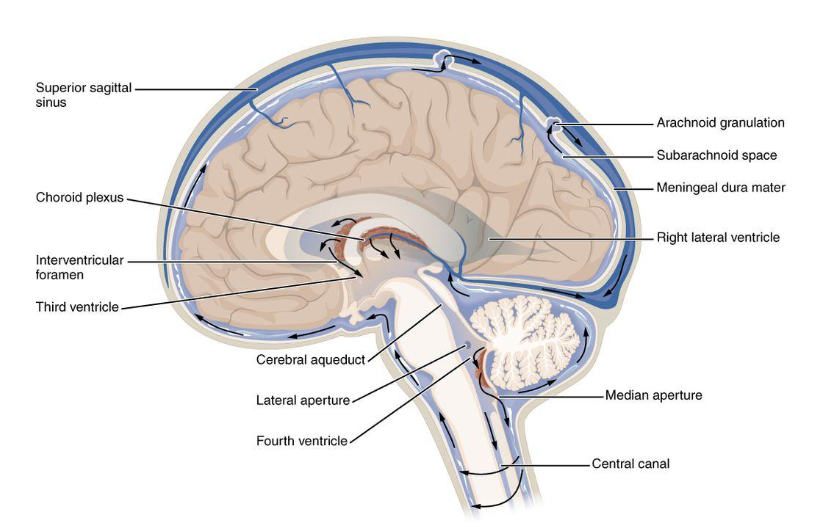
5. Production and Circulation of CSF and Related Disorders
- Understand cerebrospinal fluid origin, composition, functions including cushioning and metabolic support.
- Identify choroid plexus production within the brain’s ventricular system.
- Trace CSF flow: lateral → third → fourth ventricles, then subarachnoid space.
- Recognise drainage via central canal, foramina of Luschka and Magendie, plus arachnoid granulations.
- Appreciate CSF’s protective and metabolic roles in brain and spinal cord physiology.
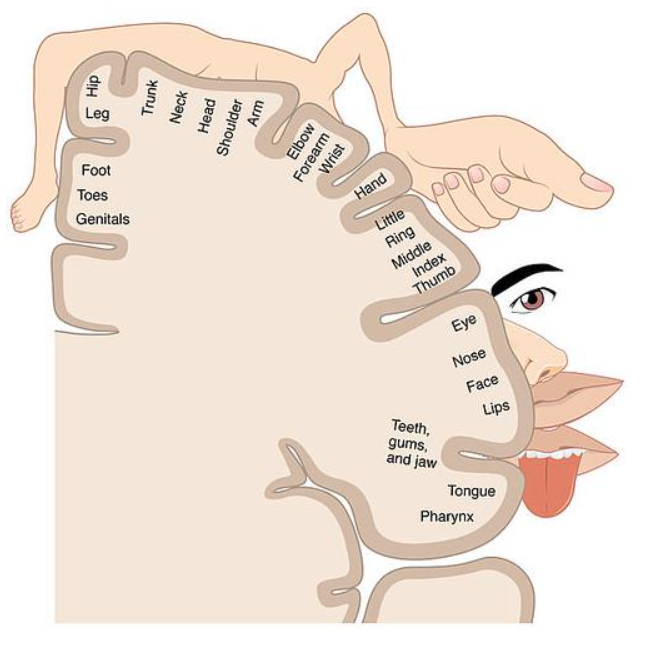
- Understand seven somatosensory modalities: temperature, pain, pressure, vibration, fine touch, proprioception, two-point discrimination.
- Explain receptive fields: size determines acuity; overlap lowers discriminative precision.
- Describe adaptation: rapidly adapting vs slowly adapting receptors and their signal-frequency changes.
- Recognise pathway organisation: first-order in dorsal root ganglion; second-order decussate; third-order to cortex.
- Differentiate pathways: spinothalamic (pain, temperature, pressure) vs dorsal column-medial lemniscus (fine touch, vibration).
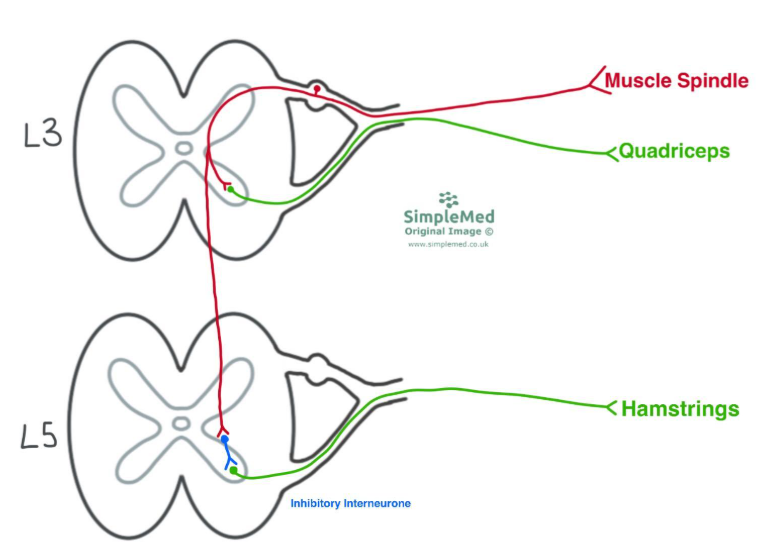
7. Motor System
- Understand difference between upper motor neurones (UMNs) and lower motor neurones (LMNs)
- Describe LMN signs: weakness, areflexia, muscle wasting, hypotonia, fasciculations
- Explain UMN pathway: cortex → internal capsule → medulla decussation → spinal cord ventral horn
- Identify UMN lesion features: hyperreflexia, hypertonia, extensor plantar reflexes
- Recognise primitive spinal reflexes and spinal shock effects after UMN injury
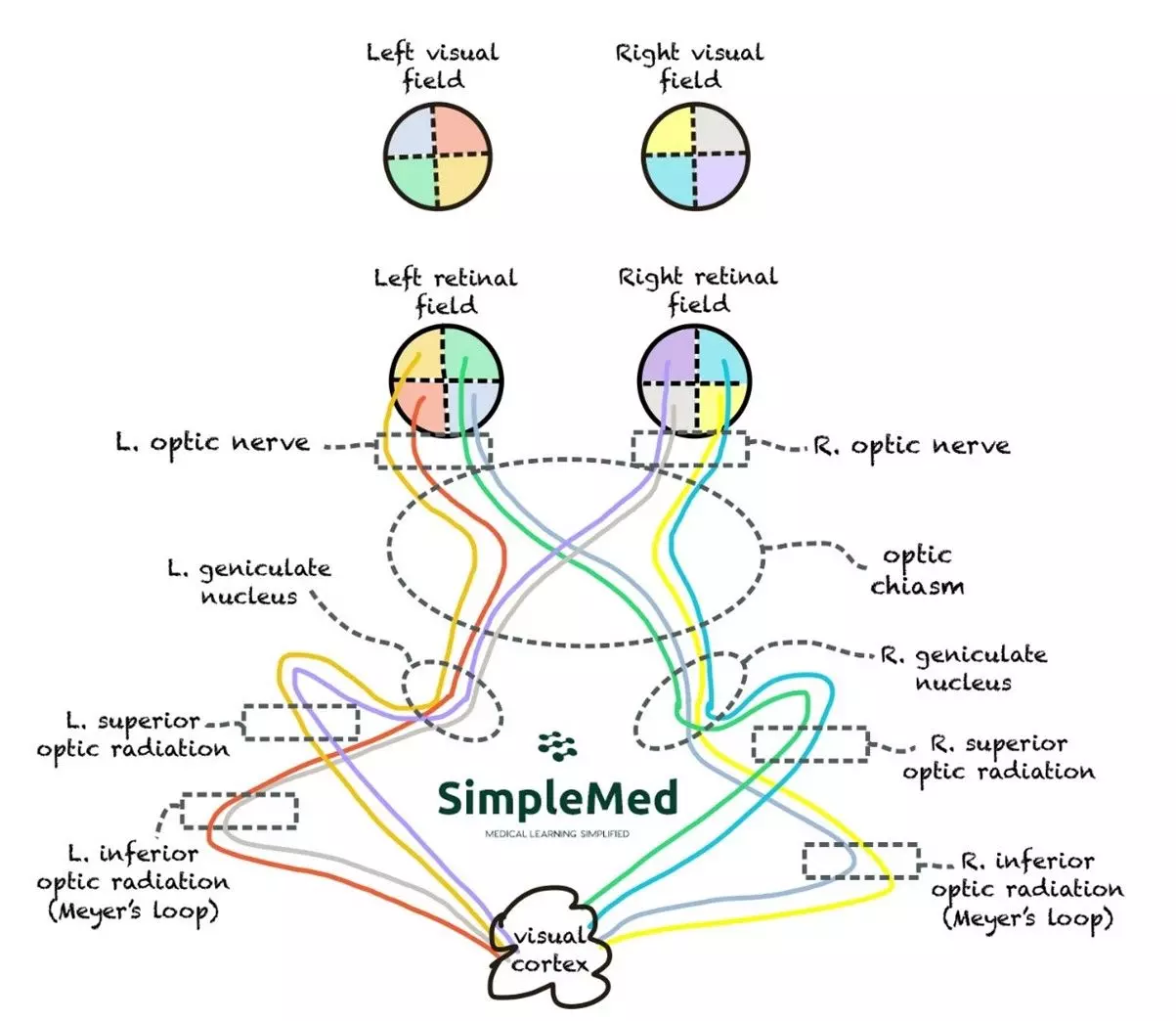
- Understand anatomy of visual pathway: retina, optic nerve, chiasm, tract, radiations, visual cortex.
- Describe visual field mapping and interpretation in lesion localisation.
- Recognise common visual pathway lesions: hemianopia, quadrantanopia, optic neuritis.
- Explain pupillary light reflex and its neural circuitry components.
- Apply basic neuro-ophthalmic examination techniques: visual acuity, field testing, fundoscopy.
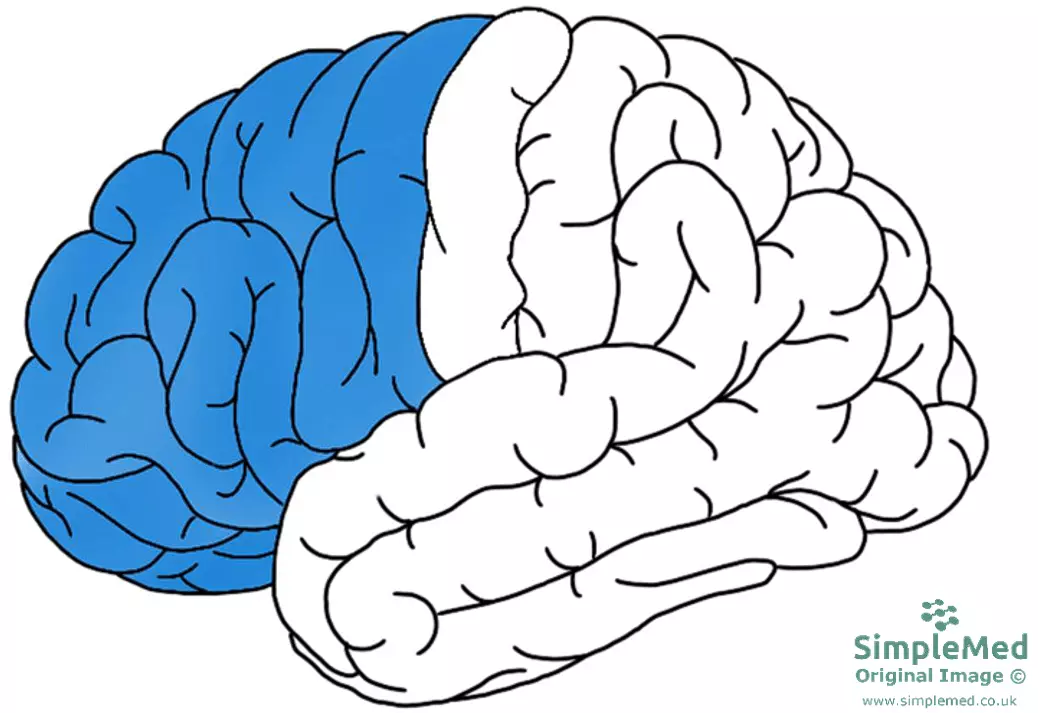
- Understand cortical regions: prefrontal, parietal, temporal, occipital lobes and their higher functions.
- Describe executive functions: planning, decision‑making, inhibition control, working memory.
- Recognise language centres: Broca’s and Wernicke’s areas, and associated disorders (aphasia).
- Explain spatial processing: parietal contributions to visuospatial skills and neglect syndromes.
- Apply clinical assessment: cognitive testing for executive function, language, and spatial deficits.
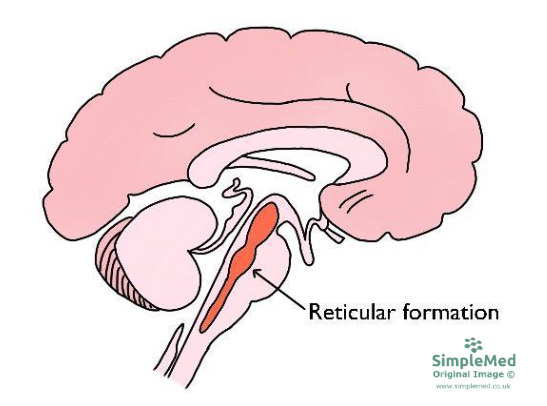
- Describe the anatomical location and subdivisions (raphe, medial, lateral nuclei) of reticular formation.
- Explain its roles in arousal, sleep-wake cycles, consciousness, and filtering sensory stimuli.
- Understand descending reticulospinal tracts: posture, muscle tone, autonomic regulation.
- Recognise ascending reticular activating system: cortical activation, alertness, response to relevant stimuli.
- Appreciate clinical consequences of damage: coma, disrupted sleep, autonomic dysfunction.
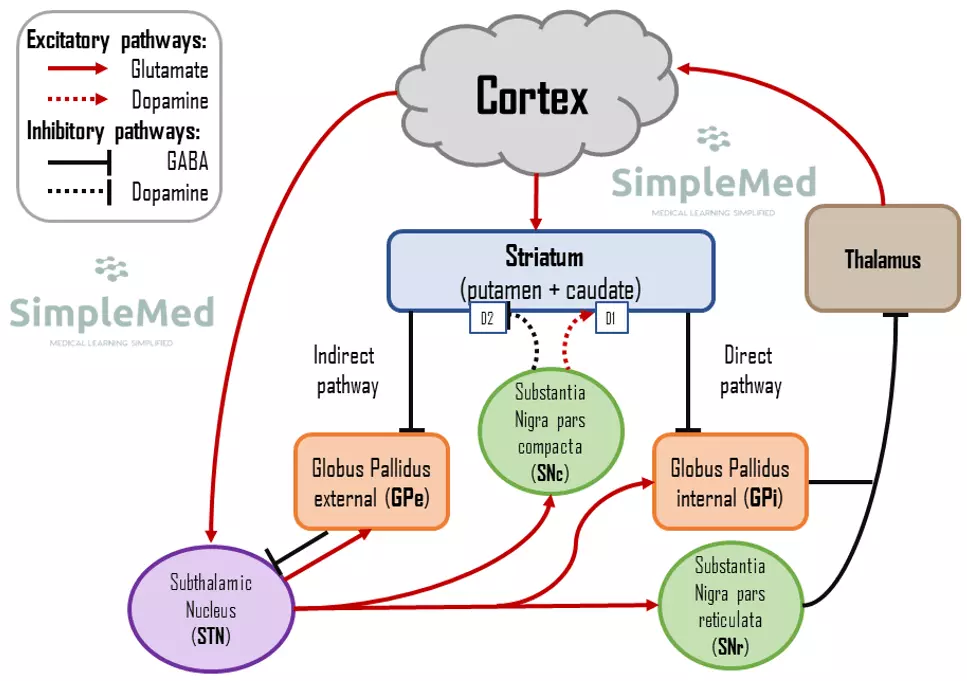
- Define major movement disorder types: parkinsonism, tremor, chorea, dystonia, myoclonus, tics.
- Describe basal ganglia circuitry dysfunction underlying movement disorders.
- Recognise key clinical features and phenomenology of common movement disorders.
- Explain basic neuropsychiatric aspects associated with movement disorders.
- Outline general diagnostic approaches and differential diagnosis strategies.
- Summarise primary treatment options and management principles.

12. Infections and Prion Disease
Coming Soon!

13. Dementia
- Define dementia and distinguish major types like Alzheimer’s, vascular, Lewy body, frontotemporal.
- Describe key neuroanatomical changes in dementia (e.g., hippocampal atrophy, cortical degeneration).
- Recognise clinical features: memory, executive function, behavioural and psychiatric symptoms.
- Outline basic diagnostic approach including cognitive testing and neuroimaging indications.
- Summarise general management strategies: pharmacological treatments and supportive care principles.

14. Delirium
- Define delirium as an acute disturbance in attention, awareness and cognition.
- Identify key risk factors predisposing to delirium development.
- Recognise core clinical features including inattention, disorientation, psychomotor changes and perceptual disturbances.
- Distinguish delirium from dementia, depression and psychosis by onset and symptom fluctuations.
- Describe basic diagnostic evaluation including screening tools and investigations.
- Outline general prevention and management: treat underlying causes, non‑pharmacological care, and cautious medication use.

15. Headaches
- Define headaches and differentiate between primary and secondary headache disorders.
- Describe common primary headache types: tension‑type, migraine, cluster, and their presumed pathophysiology.
- Recognise key clinical features distinguishing headache subtypes: pain pattern, duration, associated symptoms.
- Identify red‑flag symptoms indicating potential secondary headache requiring urgent investigation.
- Outline general management principles: acute treatments, preventive strategies and lifestyle modification.
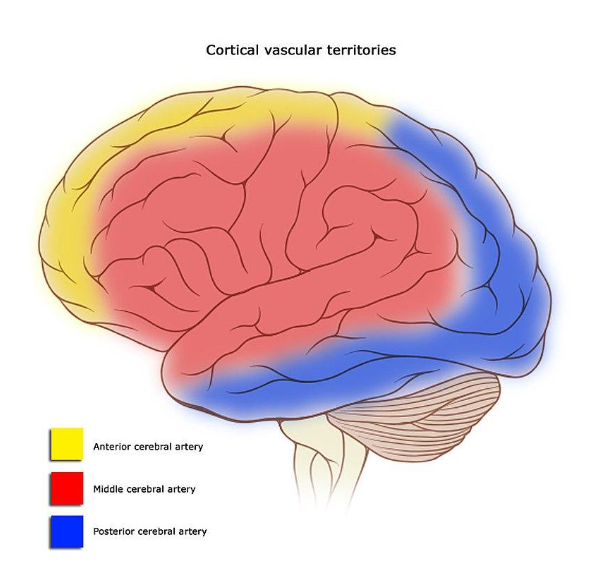
16. Stroke
- Define stroke types: ischaemic, haemorrhagic, and other causes including TIA.
- List modifiable versus non-modifiable risk factors for ischaemic and haemorrhagic stroke.
- Identify classic brain artery territories: ACA, MCA, PCA, brainstem, cerebellar, basilar.
- Recognise stroke symptoms by arterial territory: weakness, speech disturbance, visual field, neglect.
- Understand stroke classifications: Oxford/Bamford (TACS, PACS, POCS, LACS) to guide prognosis.
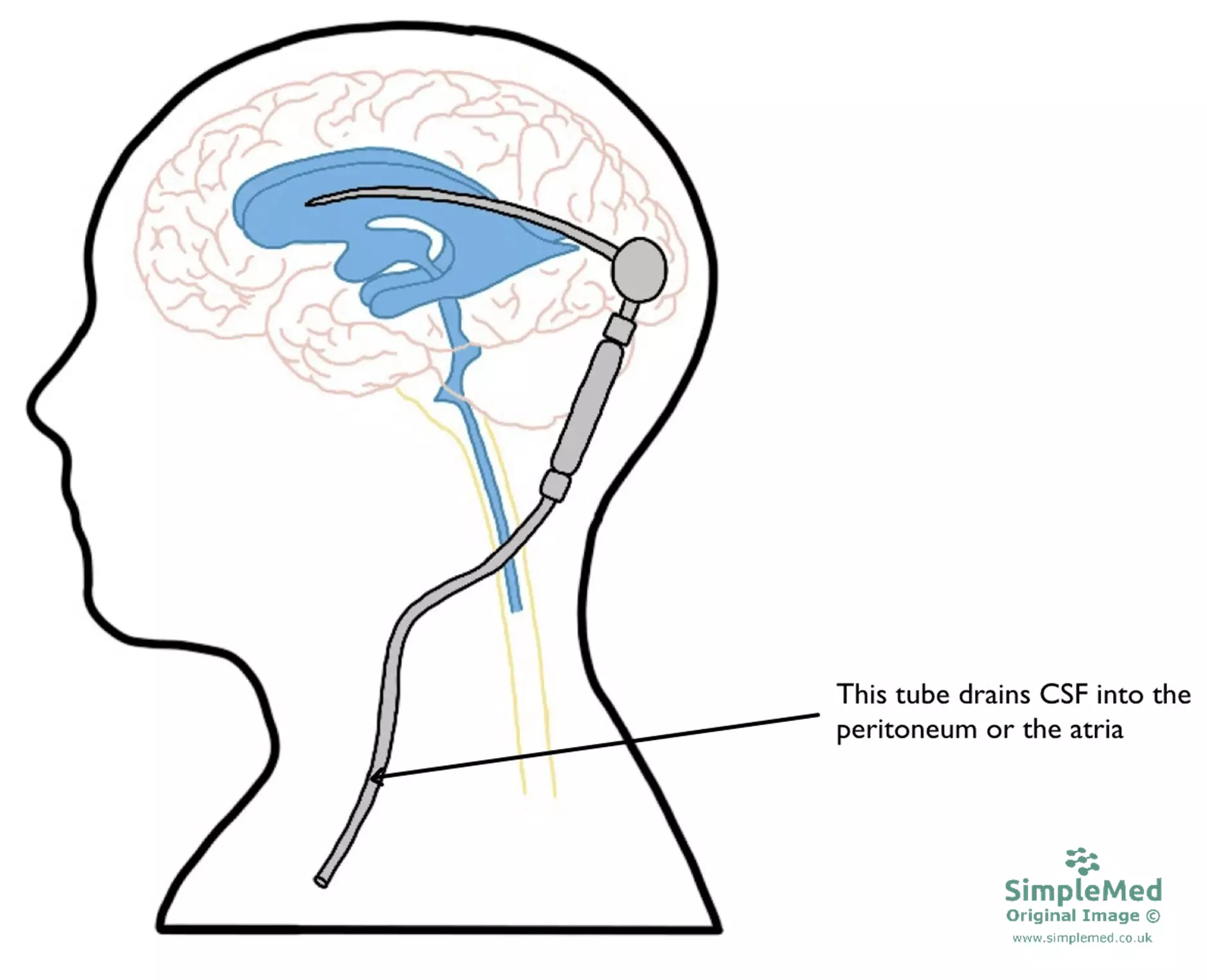
17. Raised Intracranial Pressure (ICP)
- Define raised intracranial pressure (ICP) and normal pressure parameters.
- Explain Monro–Kellie doctrine balancing CSF, blood, and brain volumes.
- Recognise clinical signs: headache, vomiting, papilloedema, ocular palsies, altered consciousness.
- Describe Cushing’s triad physiology: hypertension, bradycardia, abnormal respiration.
- Outline key management principles: treating cause, head elevation, osmotherapy, ventilation support.
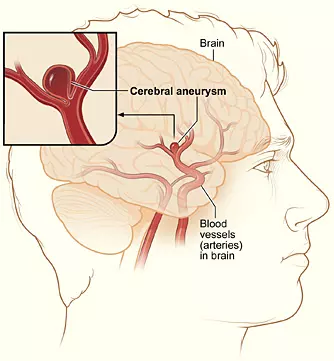
- Define subarachnoid haemorrhage and recognise it as a neurological emergency
- Describe common traumatic and aneurysmal causes and key risk factors
- Explain early brain injury and delayed cerebral ischaemia mechanisms
- Recognise classic presentation: thunder-clap headache, vomiting, seizures, neck stiffness, reduced consciousness
- Outline urgent diagnostics: non-contrast CT, cerebral angiography and lumbar puncture sequencing
- Summarise acute management including nimodipine, monitoring, aneurysm coiling or clipping to prevent re-bleed
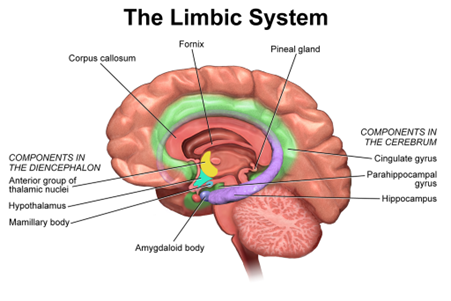
19. Anxiety
- Define anxiety and describe its adaptive role and typical physical symptoms
- Explain limbic system structures, stress response stages, and neurotransmitters in anxiety
- Identify medical conditions mimicking anxiety and classify risk factors: predisposing, precipitating, perpetuating
- Describe features and management of generalised anxiety disorder and panic disorder
- Recognise social and specific phobias and evidence-based therapies, including exposure and CBT
- Distinguish OCD and PTSD from acute stress reaction; outline key treatments, including EMDR

20. Mood Disorders
- Define depression, mania, hypomania, and diagnostic criteria for bipolar disorder
- List risk factors and precipitating factors for depressive episodes
- Distinguish adjustment reactions from clinical depression based on duration and biological symptoms
- Recognise hallmark features of manic and hypomanic episodes
- Describe limbic, frontal, basal ganglia involvement and key neurotransmitters in mood regulation
- Summarise pharmacological and supportive management for depression and bipolar disorder

21. Psychosis
- Define psychosis and key symptoms: delusions, hallucinations, poor insight
- Identify organic causes requiring exclusion before diagnosing functional psychosis
- Recognise schizophrenia risk factors and Schneider’s First Rank psychotic symptoms
- Explain dopamine and autoimmune hypotheses underlying schizophrenia pathophysiology
- Outline antipsychotic treatment: typical versus atypical, mechanisms and side effects
- Distinguish drug-induced, affective, and post-partum psychoses and their clinical significance
The medical information on this site is provided as an information resource only, and is not to be used or relied on for any diagnostic or treatment purposes. This information is intended for medical education, specifically to biological/medical learning inclined individuals, and does not create any doctor-patient relationship, and should not be used as a substitute for professional diagnosis and treatment.
